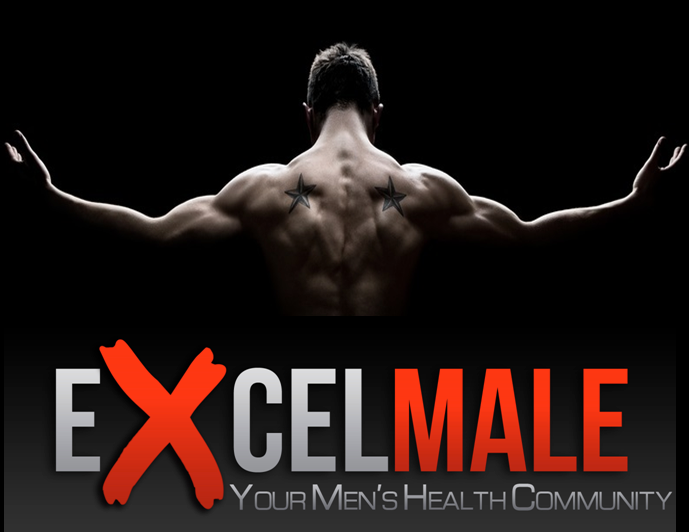Introduction
Testosterone replacement therapy (TRT) in male hypogonadism aims at restoring physiological plasma testosterone (T) levels. According to current guidelines, gel formulations should resemble better the circadian T secretion and offer physiological and consistent T concentrations. However, only a few real-life studies have assessed intra-individual reproducibility of T levels in patients treated with gel formulations.
Methods
Thirty patients treated with Tostrex gel 2%® were included (group A, mean age 59 [SD 10] years, median dosage 30 [IQR 20-40] mg). As a comparator group, 14 patients treated with Testavan® gel 2% were recruited (group B, age 54 [13] years, P=0.19; dosage 34.5 [23-46] mg, P=0.05). All patients maintained the prescribed dosage over 3 months prior to the first sampling. Blood samples were drawn at two time points one week apart (T1 and T2), two hours after gel’s application on the same site (medial thigh for Tostrex, shoulders for Testavan). T (CLIA, Roche Elecsys), hemoglobin (Hb) and hematocrit (Htc) were assessed.
Results
The lowest and highest T levels between the two samplings were compared in each group. In group A, the median lowest TT concentrations were 3.8 [2.6-5.5] ng/ml, the highest were 4.9 [3.9-7.8] ng/ml (absolute-Δ 1.1 [0.4-1.9] ng/ml, percent-Δ 25%, P<0.001). The discrepancy between T1 and T2 was clinically-significant in 9 patients (30%): in 7, T was below normal in one sampling (which would have prompted Tostrex dosage increase), while it was within normal range in the other sampling (leading to no dosage change); in 2, T was above normal in one sampling (which would have prompted dosage reduction), while it was within normal range in the other sampling (leading to no dosage change). In group B, lowest T levels were 3.4 [2.0-4.2] ng/ml and highest were 4.6 [3.4-5.6] ng/ml (absolute-Δ 1.0 [0.4-1.9] ng/ml, percent-Δ 25%, P<0.001). T difference was clinically-significant in 5 patients (36%). As expected, Hb and Htc were comparable between T1 and T2 in both groups. Average TT concentrations, Δ TT, Hb, Htc, and the frequency of patients with clinically-significant T1-T2 difference, were comparable in groups A and B. No correlation was observed between TT and Hb or Htc at either time-point.
Conclusion
TRT with gel formulations is affected by intra-individual variability, which makes it difficult to establish the appropriate dosage. Therefore, therapeutic monitoring should rely not solely on plasma T levels but also on symptomatic response, as well as safety data such as haematocrit.













